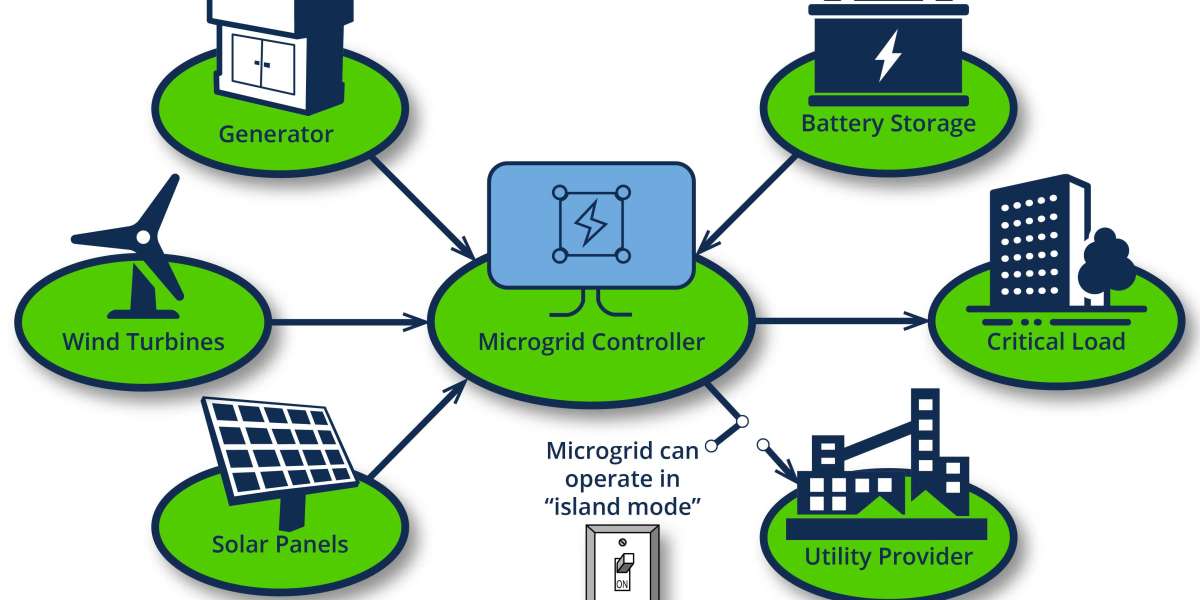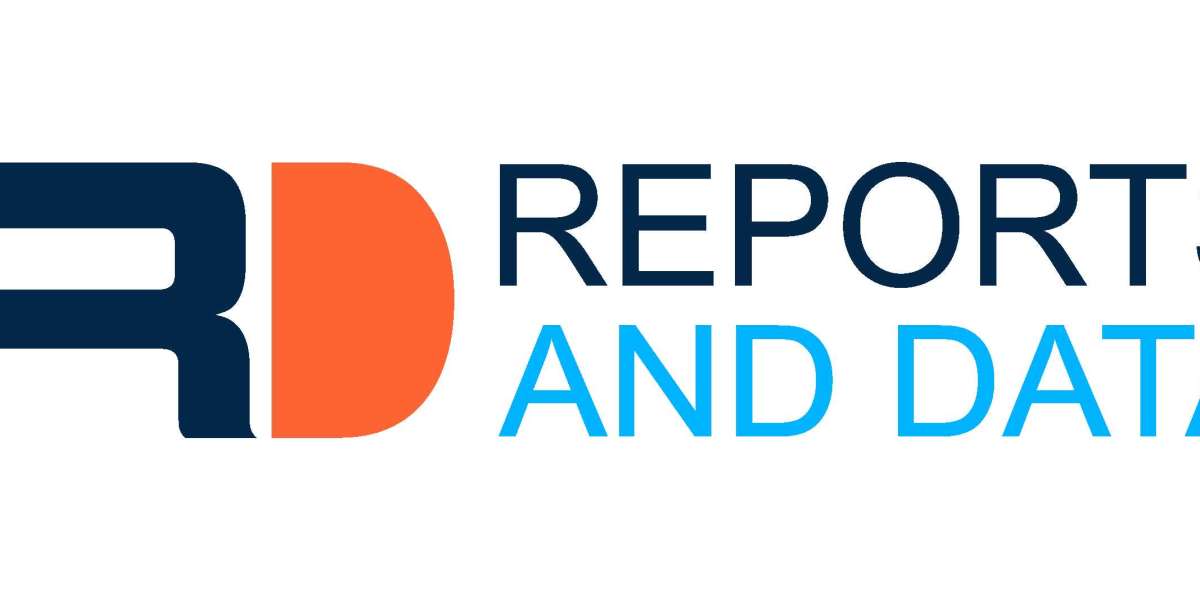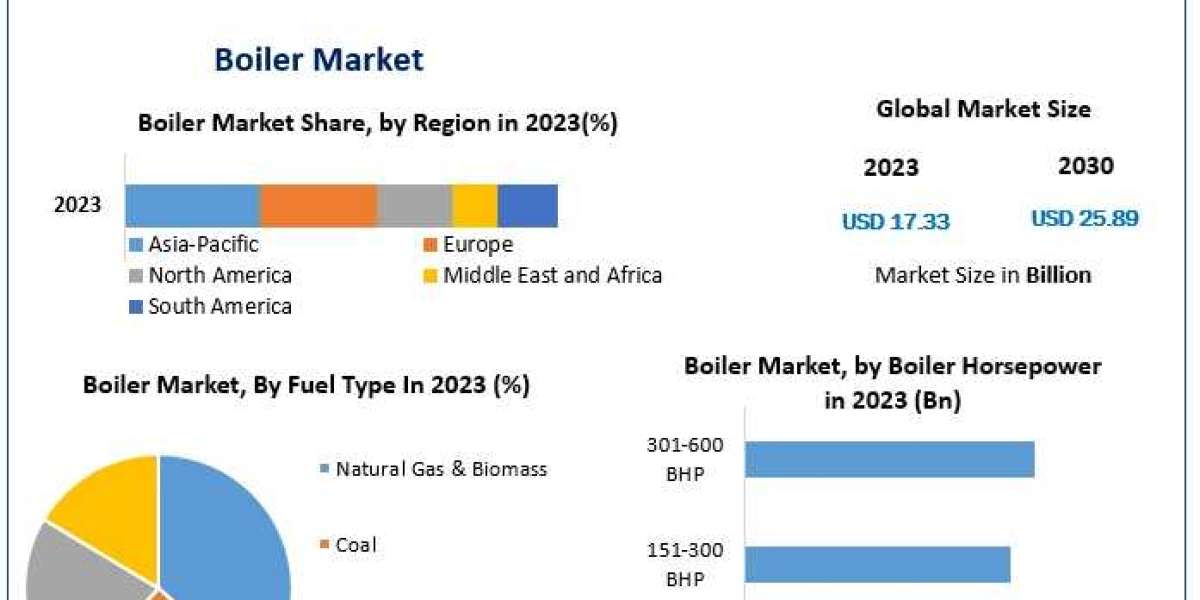The microgrid controller market is on a significant growth trajectory, driven by advancements in smart grid technology, rising government funding, and the increasing adoption of renewable energy sources. Valued at US$ 7.7 billion in 2023, the global microgrid controller industry is expected to reach US$ 29.4 billion by 2034, growing at a CAGR of 12.8% over the forecast period.
Analyst Viewpoint
Government initiatives and funding are pivotal in propelling the development and integration of microgrids. These systems are essential for providing reliable and sustainable energy solutions, particularly in remote and underserved areas. Microgrids, powered by distributed energy sources such as solar panels, wind turbines, and combined heat and power plants, offer a resilient and environmentally friendly alternative to traditional power grids.
The continuous innovation in microgrid management systems and the introduction of smart grid controllers are significantly boosting the market. These smart controllers efficiently manage energy demand fluctuations, supporting the global shift towards greener energy solutions. Leading companies are actively developing advanced microgrid controllers that integrate renewable energy sources to reduce greenhouse gas emissions and ensure consistent power supply.
Market Insights
Microgrid controllers play a crucial role in managing and optimizing the operations of diverse power sources in real-time. These systems, capable of operating independently or in conjunction with traditional power grids, are designed to handle the complexities of modern energy demands. They are particularly effective in localized areas such as university campuses, hospital complexes, military bases, and geographical regions with defined electrical boundaries.
A significant market driver is the increased government funding for microgrid projects. For instance, the Australian Renewable Energy Agency (ARENA) launched the Regional Australia Microgrid Pilots Program (RAMPP) in 2021 to support microgrid pilot projects. This initiative aims to improve the resilience and reliability of electricity supply in regional communities, showcasing the potential of microgrid technologies.
Moreover, the adoption of grid-connected smart microgrid controllers is on the rise. These systems are cost-effective solutions for homeowners and small businesses, providing reliable energy based on specific needs. Collaborative projects, such as the partnership between SunPower Corp., University of California, Irvine, Schneider Electric, and Southern California Edison, exemplify the development of sustainable, solar-powered microgrid communities in California.
Regional Outlook
Asia Pacific dominates the microgrid controller market, driven by rural electrification programs, rapid industrial expansion, and numerous microgrid projects in countries like India and China. North America also shows substantial growth, fueled by smart grid initiatives, the demand for reliable power supply, and government efforts to electrify remote areas.
Get Sample PDF Copy: https://rb.gy/4cygs1
Key Players
Prominent companies in the microgrid controller market include ABB, AutoGrid Systems, Inc., Caterpillar, Cummins Inc., Eaton, Emerson Electric Co., Encorp Powertrans, General Electric Company, Hitachi Energy Ltd., Honeywell International Inc., Power Analytics Corporation, SC Electric Company, Schneider Electric, Schweitzer Engineering Laboratories, Inc., and Siemens. These industry leaders are focusing on innovative solutions to meet the growing demand for microgrid controllers across various sectors such as automotive, consumer electronics, defense, and aerospace.



